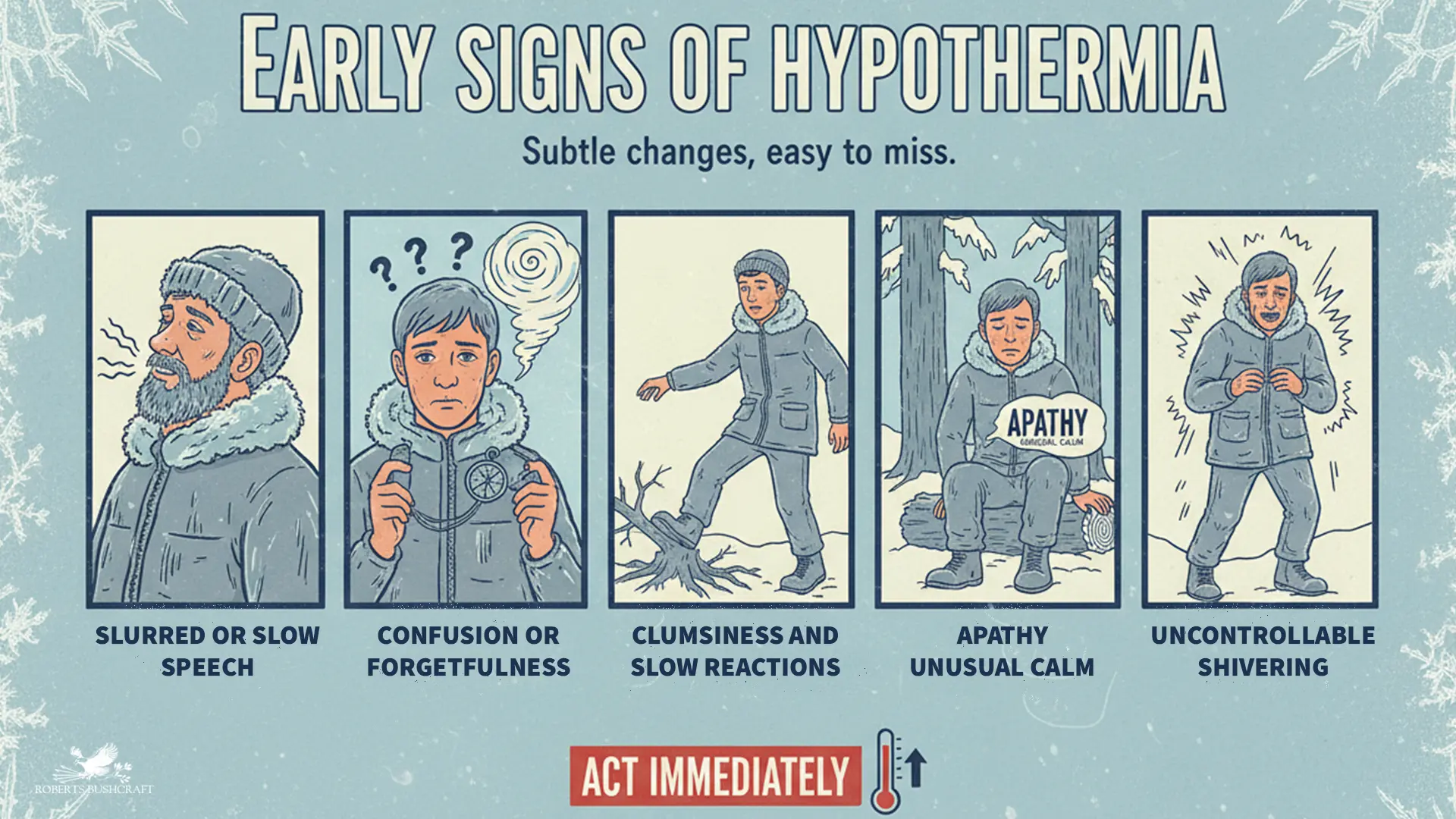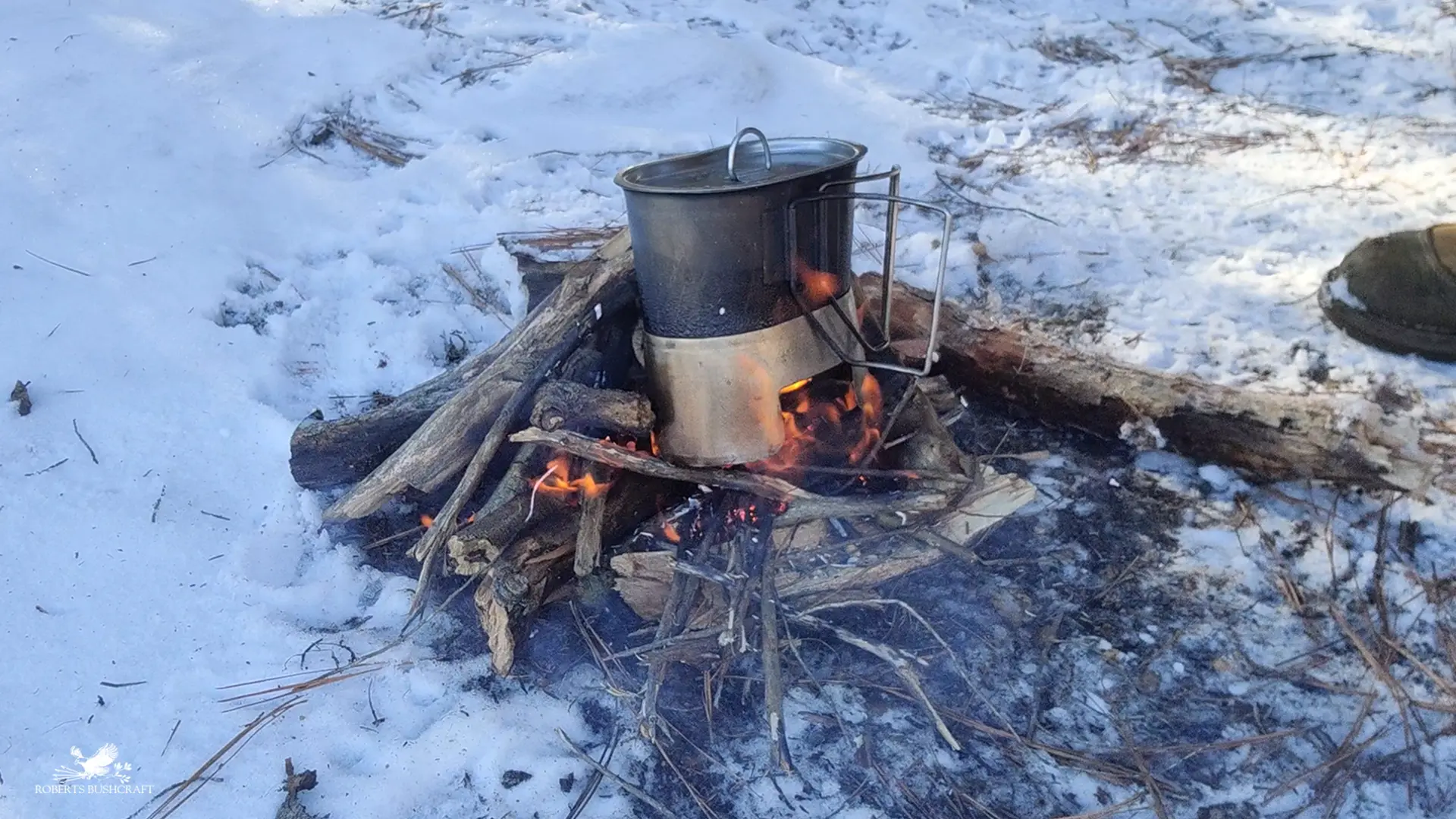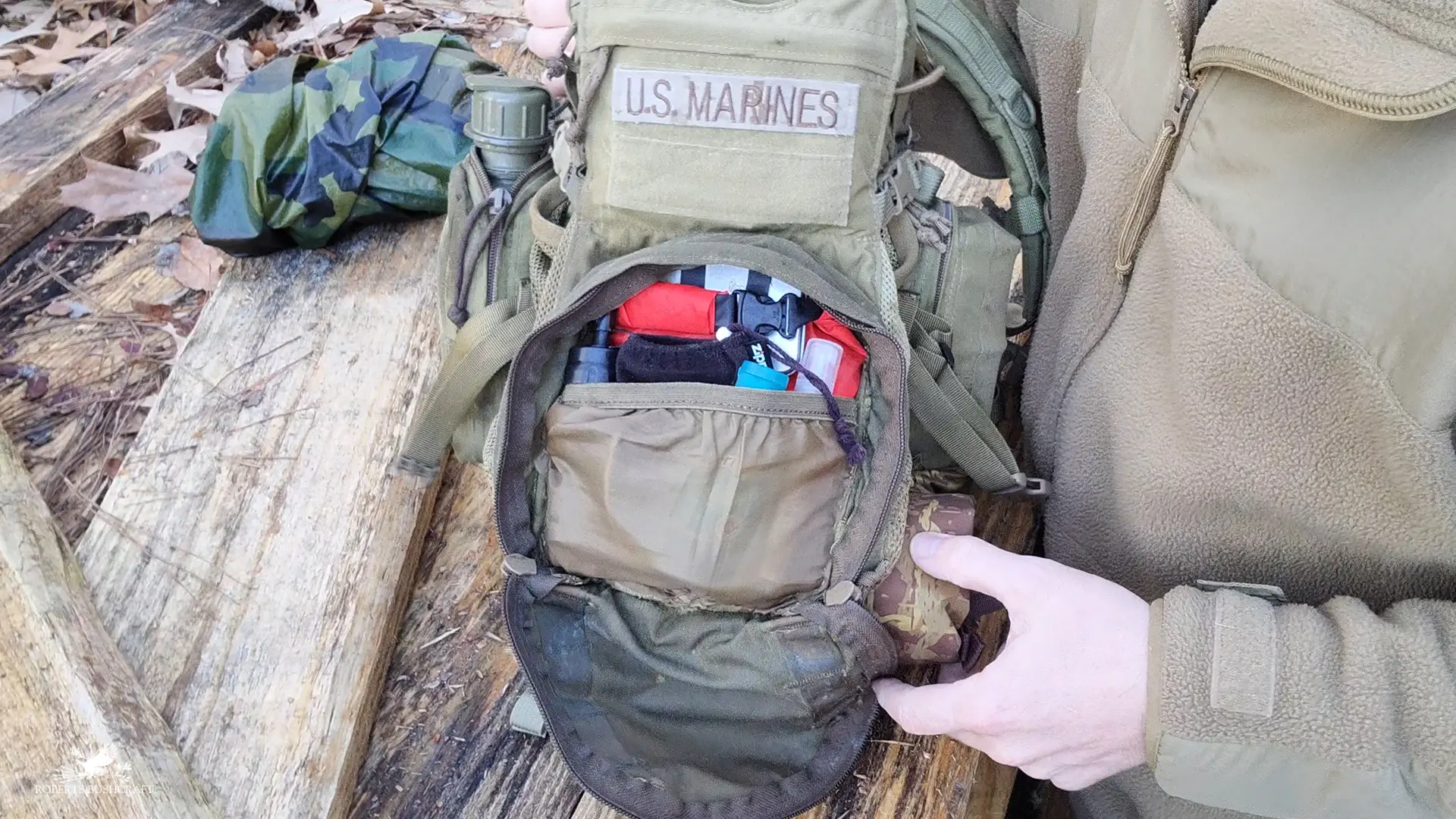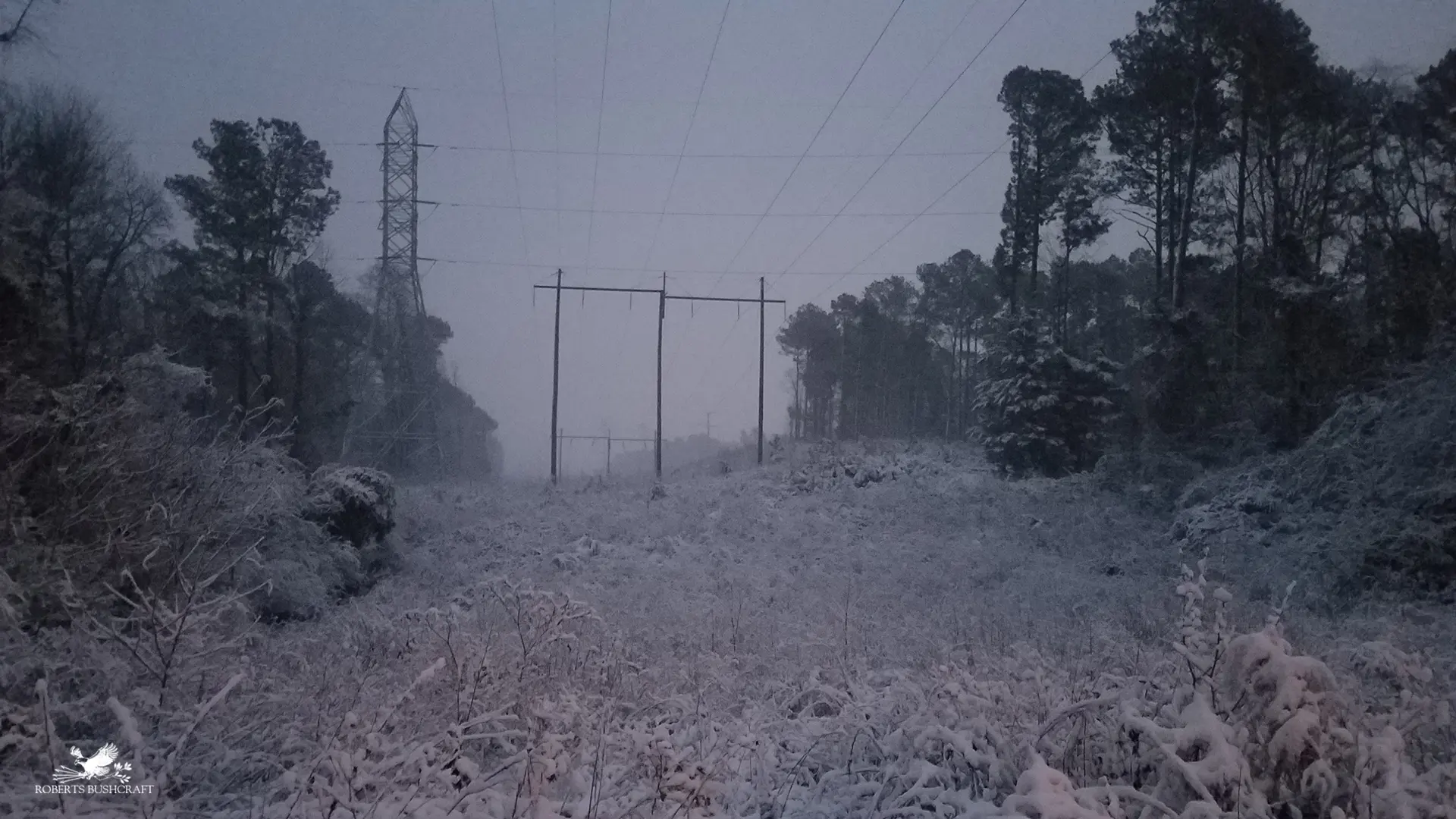Mount Washington in New Hampshire is famous for its beauty, but also for its danger. It has some of the worst weather on Earth, with hurricane-force winds, sudden snow squalls, and temperatures that can drop from mild to deadly in minutes.
Read the story here: Over 20 'ill-prepared' hikers, some with hypothermia, rescued from snowy Mount Washington: Officials
Recently, rescuers were called to help hikers who were caught on the mountain as snow and freezing temperatures set in. Several developed hypothermia before they were found. They were fortunate. It could have been much worse.
Stories like this are a reminder that survival is not just for extreme adventurers. It is for anyone who steps into wild country. The lessons below explain how to avoid a situation like that and what to do if you are caught out anyway.
1. Preparation Begins Before the Trail

Every safe trip starts long before your boots hit dirt. The mistake most hikers make is trusting the sky at the trailhead. On mountains like Washington, conditions can double in severity within an hour.
- Check multiple forecasts and the summit report if available.
- Study your route and identify bailout points.
- Pack for the worst expected conditions, not the best.
- Leave your plan and return time with someone you trust.
Ask yourself one question before you go: If the weather turns twice as bad as expected, am I still ready?
2. Dress for the Weather You Might Face

Hypothermia can happen in snow, cold rain, or wind at 50°F. Cotton holds moisture and drains heat rapidly. Choose layers that work when wet and wind-exposed.
- Base layer: synthetic or merino wool to move sweat away from skin.
- Insulation: fleece or wool to trap heat.
- Shell: waterproof and windproof to block exposure.
Carry extra gloves and socks in a dry bag. If you begin to sweat on the climb, remove a layer before you soak through. Temperature management is survival.
3. Know the Early Signs of Hypothermia

Hypothermia often begins with subtle changes that are easy to miss.
- Slurred or slow speech
- Confusion or forgetfulness
- Clumsiness and slow reactions
- Unusual calm or apathy
- Uncontrollable shivering
Act immediately. Add insulation, block the wind, provide warm high-calorie food or drink, and call for help if warming does not begin within minutes.
4. Shelter and Heat Come First

When weather turns, the first battle is exposure. Even a simple barrier between you and the wind buys time.
- Use a natural windbreak such as a boulder, ledge, or dense trees.
- Deploy a tarp, bivy sack, or emergency blanket to block wind and retain heat.
- Build a fire if conditions allow. Carry waterproof matches and a ferro rod in a sealed bag.
If fire is impossible, share body heat and insulate from the ground with pine boughs, packs, or extra clothing.
5. Water, Food, and Energy Matter

Cold suppresses thirst, but dehydration and exhaustion speed hypothermia.
- Drink regularly. Melt snow only after boiling or purifying.
- Keep high-energy snacks in a pocket for fast access.
- Once stable, keep gentle movement to maintain circulation and alertness.
6. Communication and Rescue

Getting found is half the battle. Cell service is unreliable in mountains, so carry a backup.
- Satellite communicator for SOS and two-way messaging.
- Whistle, signal mirror, and headlamp for audible and visual signals.
- If you must stay put, make yourself visible. Stomp a large X in the snow or display bright fabric.
7. If You Are Caught Out Overnight

- Find cover. Get out of wind and precipitation.
- Insulate. Get off the ground and trap heat around your body.
- Start heat. Fire or shared body warmth if safe to do so.
- Hydrate. Melt and purify snow or ration existing water.
- Signal. Use light, sound, or color to mark your location.
Stay calm. Panic wastes energy and clarity. Survival is a sequence of small, steady actions.
8. Lessons to Carry Forward

The hikers on Mount Washington made mistakes, but they did one thing right. They called for help before it was too late. Many people do not. They push on until they cannot move.
Preparation is not paranoia. It is respect for nature. The same mountain that gives beauty can take it away. Learn the warning signs, carry the right gear, and remember that caution is the strongest tool you own.
Recommended Gear
- Emergency Bivy Sack — lightweight and heat reflective for rapid shelter.
- USGI Woodland Bivy Sack — lightweight rapid shelter.
- Ferro Rod Fire Starter — reliable ignition in wind and wet conditions.
- Water Filter or Purifier Bottle — safe hydration when snow or streams are the only source.
- Satellite Communicator — call for help when phones fail.
- Insulated Gloves and Wool Hat — core warmth begins at the extremities.
- Extra Layers in a Dry Bag — carry a dry change for emergencies.
- Compact First Aid Kit — treat injuries and frostbite early.




















































































